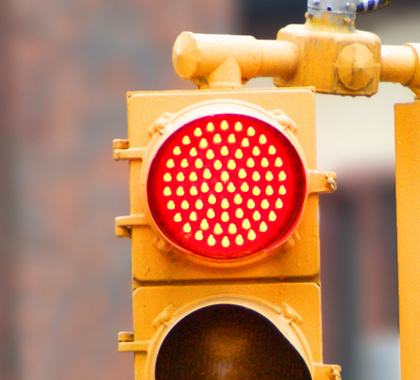An ancient expression says, “the idle mind is the devil’s playground.” When it comes to air pollution, it could be said about the idle car. Idling engines pollute the air.
A British consulting company, Cambustion, studied the use of gasoline by idling vehicles, with startling conclusions. Cars use more fuel, and emit more pollutants, idling for ten seconds than turning off and restarting the engine. Numerous other studies have confirmed that.
In response, British constables now issue hefty fines to drivers idling more than five minutes. Some U.S. states are following suit, Massachusetts threatening $25,000 fines for five-minute idling. A Canadian study (converting the original metric numbers) found that for every gallon of gasoline used, a vehicle produces 20 pounds of carbon dioxide.
EPA agrees that ten seconds of idling “uses more fuel and produces more emissions that contribute to smog and climate change than stopping and restarting your engine.” It estimates that idling vehicles in the U.S. waste six billion gallons of fuel annually, and that America’s 250 million personal vehicles generate 30 million tons of CO2 a year while idling.
Unquestionably, traffic jams and congestion cause major emissions. It is all wasted, because unlike many other activities that produce pollution but also jobs and income, idling produces nothing of value – no movement, no economic activity.
Recommended solutions, in the U.S. and abroad, mostly include fining drivers for excessive idling, and encouraging people to shut off engines if not moving within seconds. EPA likes hybrid-electric vehicles that shut off when not moving, a stop-start technology now available on many new vehicles. And commercial vehicles can be equipped to provide power to accessories without the engine running.
These ideas might all help reduce idling, but notice they all have something else in common. They’re all about individual drivers and vehicle choices, as if government can do nothing, other than force particular behaviors. It’s a universal problem of government that it can never acknowledge its own role in creating problems. But as with many issues, government’s own choices exacerbate traffic congestion, most egregiously with traffic lights.
An intersection I navigate regularly has two traffic lights 100 yards apart, one at a busy interchange, the other at a parking lot, which never has more than two cars waiting. But the lights are out of sync, causing backups of 50-75 cars across three lanes every rush hour, making every driver wait at least twice at the same light, idling around three minutes. That’s an extreme example, but not uncommon. One study showed the lights at a single intersection in Los Angeles cost drivers collectively 1,260 hours every day idling, waiting for the green.
There are 350,000 intersections with traffic lights in the U.S., including over 100 in my hometown of Grand Junction, 1500 in Oakland, 12,460 in New York City, and over 13,000 in Denver. A Texas Transportation Institute survey revealed that U.S. drivers wasted 6.9 billion hours stuck in traffic, including traffic lights, a shocking 42 hours a year for the average rush-hour commuter. The cost was estimated at $160 billion in wasted time and fuel per year. A USA Today report put the annual national cost closer to $300 billion.
That doesn’t just hit our pocketbooks, but also the air we breathe. The National Association of City Transportation Officials recommends the perfect timing for a red light (hint: a few seconds less than it takes to send that text message). They recommend 60-90 seconds, meaning an urban driver averages 75 seconds at each red light, often when no cars are coming the other way. You can do the math, but the short version is that if you start driving when you’re 15 and stop when you’re 65, you will have spent almost four months sitting at stop lights.
Governments can change that dramatically, with existing technology that can leave the lights green if no cars are coming. Even in the 1950s, Grand Junction posted signs on 4th and 5th Streets telling motorists that the signals were set at 22 MPH, so drivers at that speed could make them all green. Today the city has at least a dozen traffic volume cameras, and Colorado now has 140 roundabouts, which completely eliminate traffic lights. Roundabouts slow traffic, but generally not to an idling stop.
Some cities link their lights to a central control center. Mesa, Arizona’s 400 signals are connected to a computerized system, where lights are synchronized, and timings adjusted, as traffic requires. Such technologies are shown to reduce congestion and emissions by 20 percent or more, but a Guidehouse Insights report says only seven percent of North America’s signalized intersections have “adaptive traffic-control technology.” It costs $20,000 or more per intersection to install such technology, but how much is cleaner air worth? How many billions have we already spent on clean air initiatives?
Incidentally, governments also spend millions installing speed bumps, even though the quick acceleration after drivers pass them also increases air pollution. Rapid acceleration and idling are the two worst contributors, and both could be alleviated with better traffic technology.
Compared with America’s massive investment in other technologies to reduce air pollution – $150 billion on wind energy in the last decade, for example – the cost of reduced idling, preventing millions of tons of greenhouse gases, is a bargain. Because traffic lights are never really “green.”





